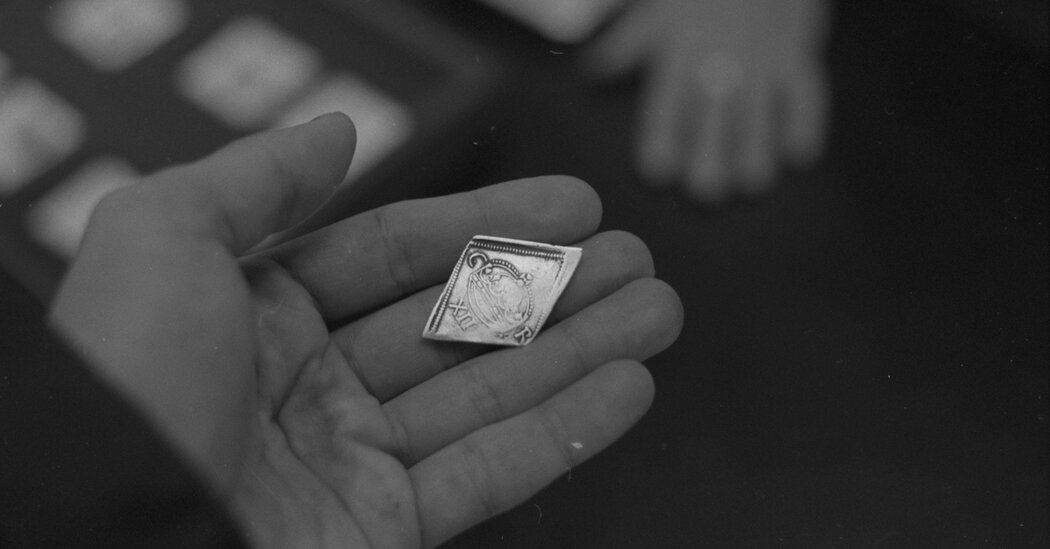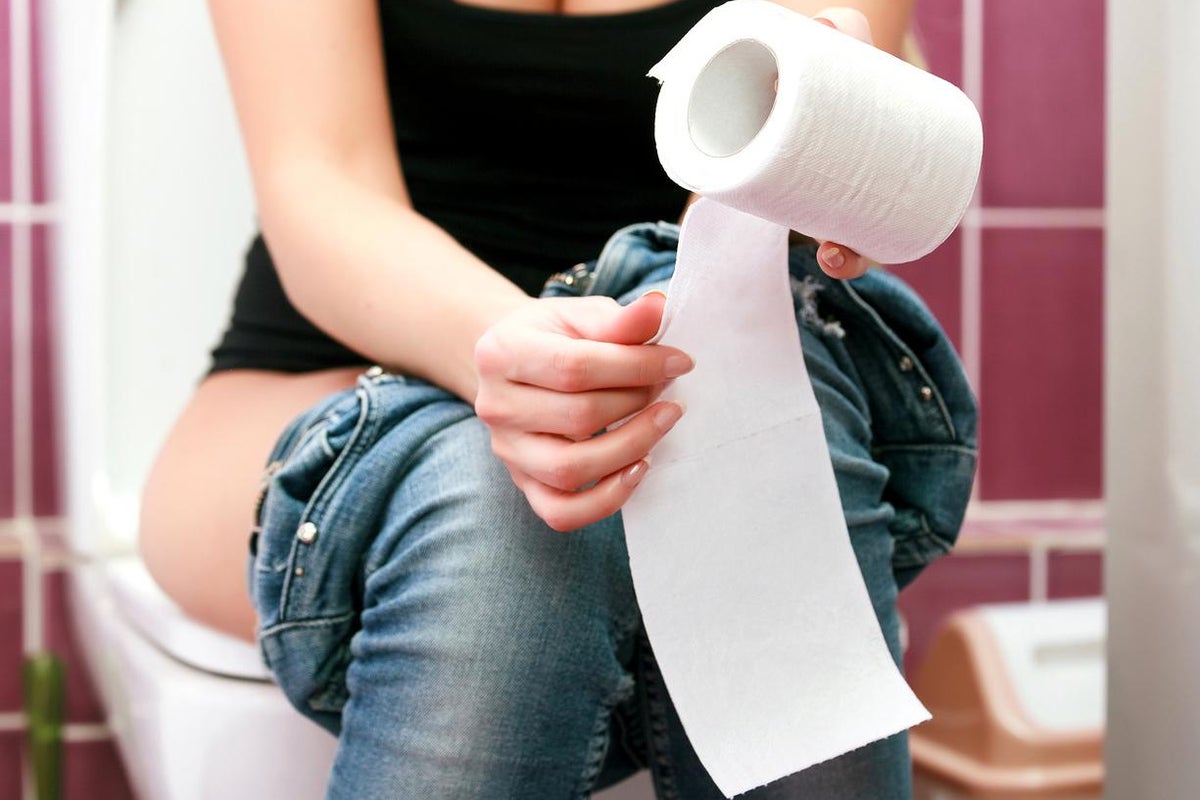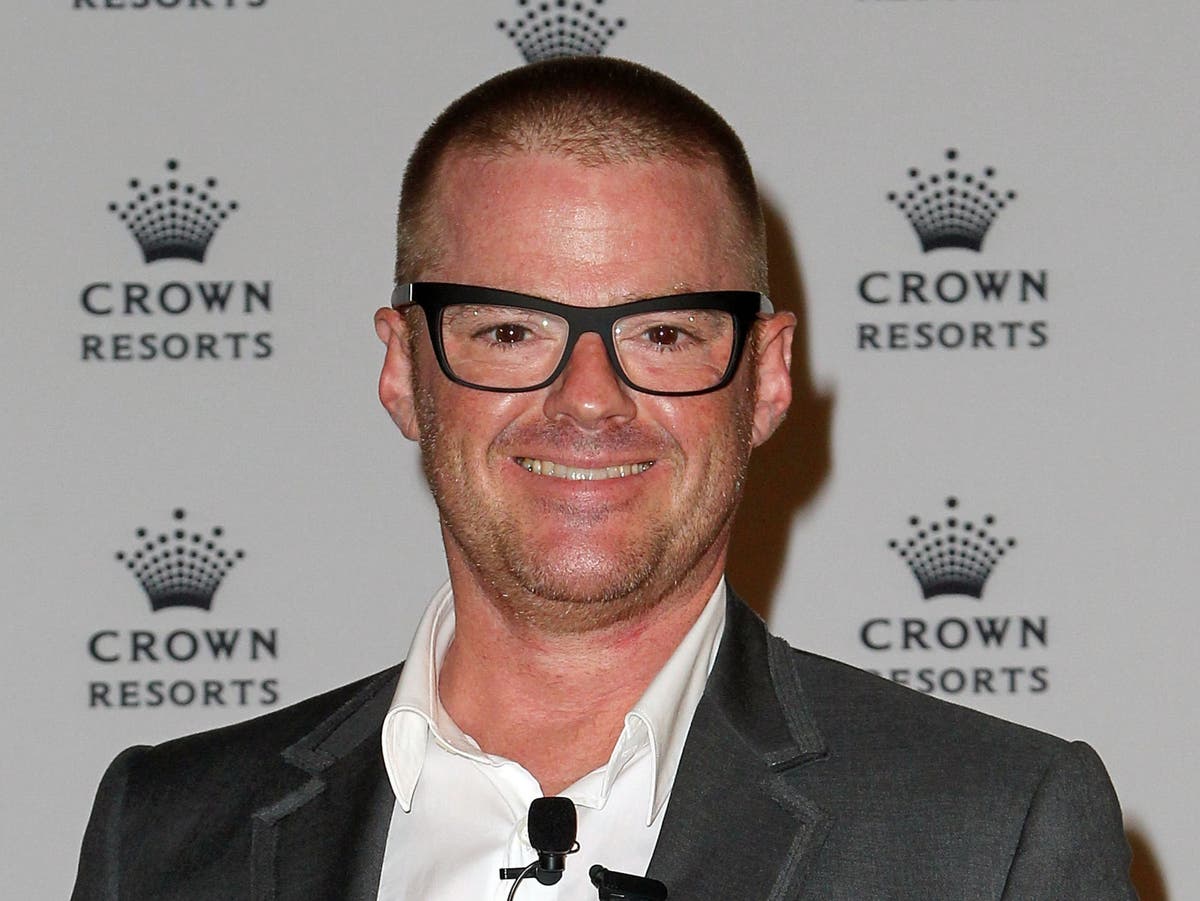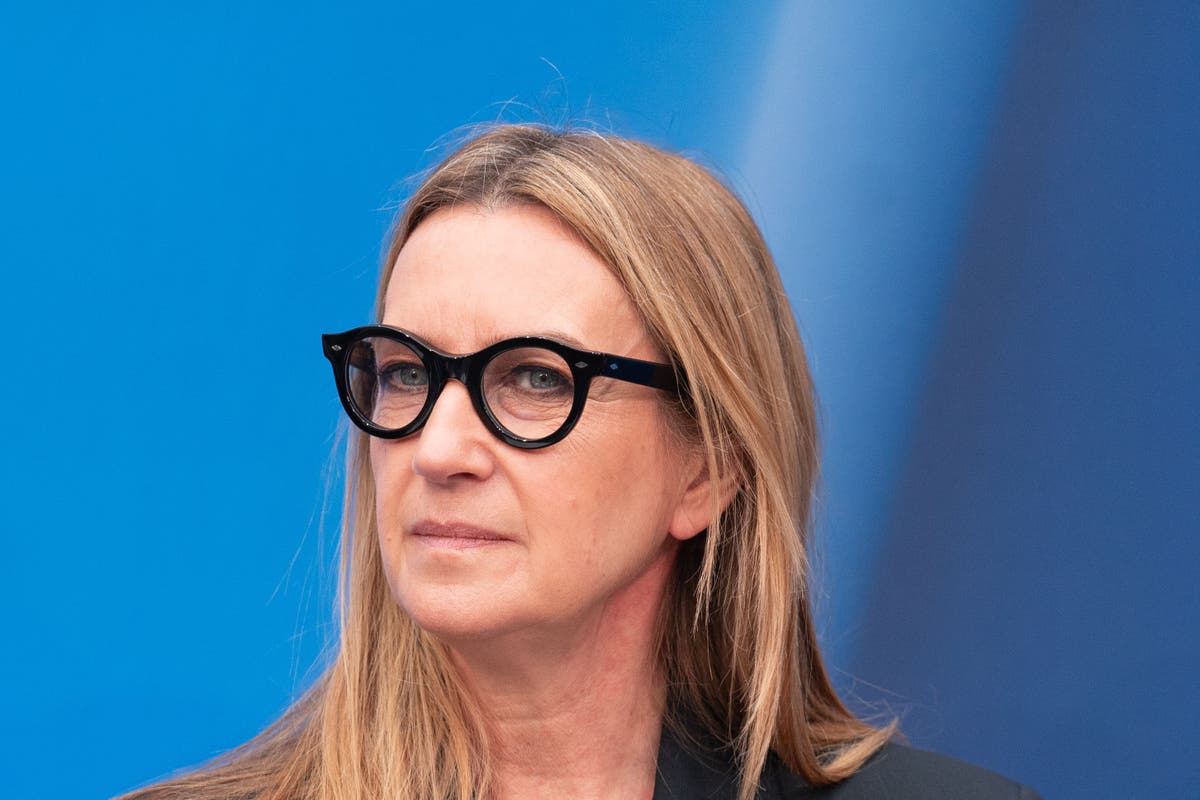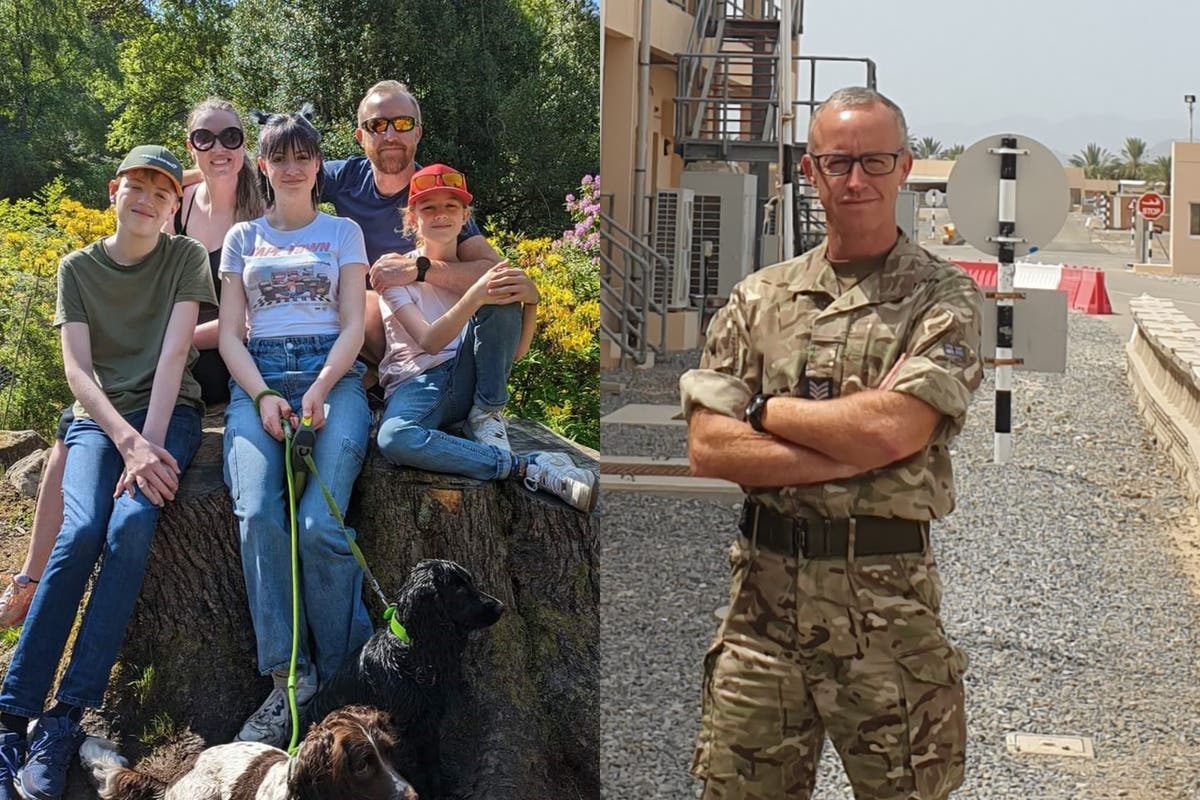Last month, a Brazilian artist walked into the British Museum and approached a table where visitors can interact with historical objects. After touching a 17th-century British coin for a moment, he apparently put it back and went on his way, like thousands of other visitors.
It was only last week that the museum discovered — via the artist's Instagram page — that he had replaced a genuine coin with his own replica and discarded the real artifact in the museum's donation box on his way out.
The act was the culmination of a more than year-long project by Ilê Sartuzi, an art student at Goldsmiths, University of London. To briefly steal the coin, he used the kind of sleight of hand usually associated with magicians to draw parallels with what he called the “trick” in the museum’s display of objects of disputed provenance.
“The act of stealing as a central part of the project rekindles the heated debate on the role of looting in the founding of the museum,” said Sartuzi.
The museum has long been criticised for its acquisition methods. Several countries have requested the return of certain objects from the museum's exhibitions and questioned the legitimacy of its collections. This latest move did not seem to resonate with the museum.
“It's a well-worn debate,” said Connor Watson, a spokesman for the museum. “We're pretty open about what's a looted object and what's a disputed object.”
Sartuzi's move also recalled an embarrassing scandal last year, when the museum alleged that a former curator stole more than 1,800 objects from its storage.
While the museum called the incident “disappointing” and “strange,” Watson said the incident did not break any laws. “This is not a robbery.”
Originally from a Brazilian island, Sartuzi, 28, arrived in London in 2022 to study art at Goldsmiths. His first visit to the British Museum left a strong impression on him.
It was March 20 last year, she said, and she was surprised to see a man behind a table in the money section, showing coins to visitors and telling stories about them, part of the museum’s “Hands on Desks” program.
He was struck by the resemblance of the museum’s coin display to the street magicians’ set-up. With that image in mind, he set out to perform a magic trick that he said would challenge the ethics of these “world exhibitions” and question the provenance and legitimate ownership of artifacts acquired during periods of colonialism.
After consulting an art lawyer to see what was legally possible, he decided to exchange a silver coin from England’s Civil War era — “one of the few British things in the British Museum,” he said — for a wax replica made by fellow art students.
He said he visited the museum 20 times to meticulously plan his feat, analyzing architectural plans and floors. “I walked strangely around the museum, counting my steps,” he said.
But things did not go as planned on June 17, the day of his scheduled performance. The volunteer who had given him the coin asked him to show him both hands and he was unable to make the change.
Mr Sartuzi returned the next day, having shaved off his beard to avoid being recognised. He discreetly replaced the coin with a fake one and, on his way out, left the real one in the donation box downstairs. Three students filmed his actions to document them as part of their senior project.
Richard Noble, head of the art department at Goldsmiths, said he and his colleagues were impressed by the project and felt it resonated with issues of cultural imperialism. Professor Noble said it was “within the realm of what we would call institutional critique”. The project was given “a very high rating”.
As to whether the 1645 silver coin had been found, Mr Watson said he believed it had been located and was being kept safely.

